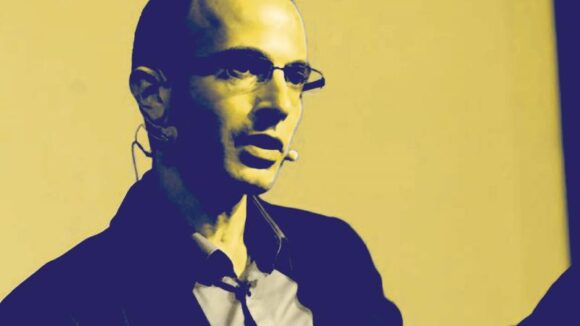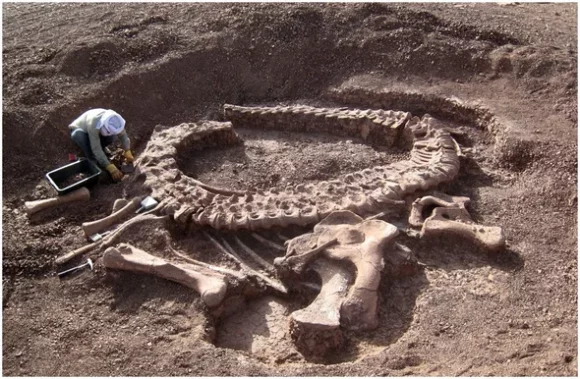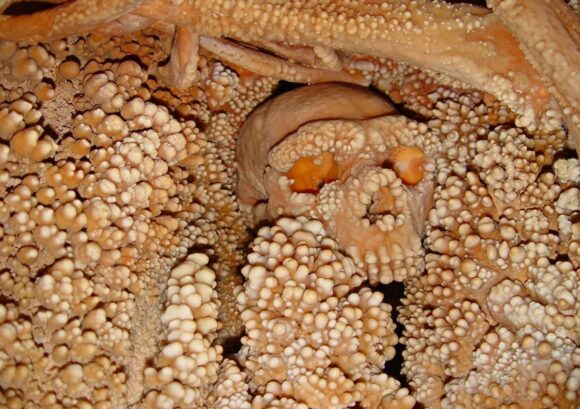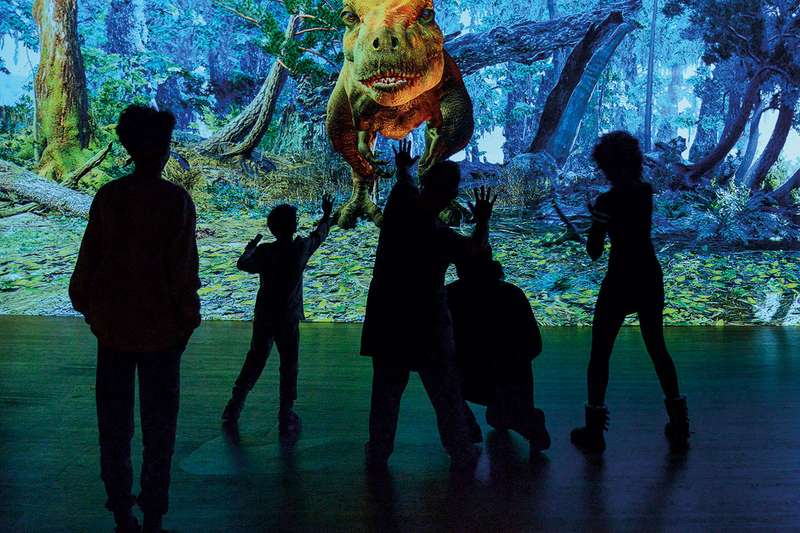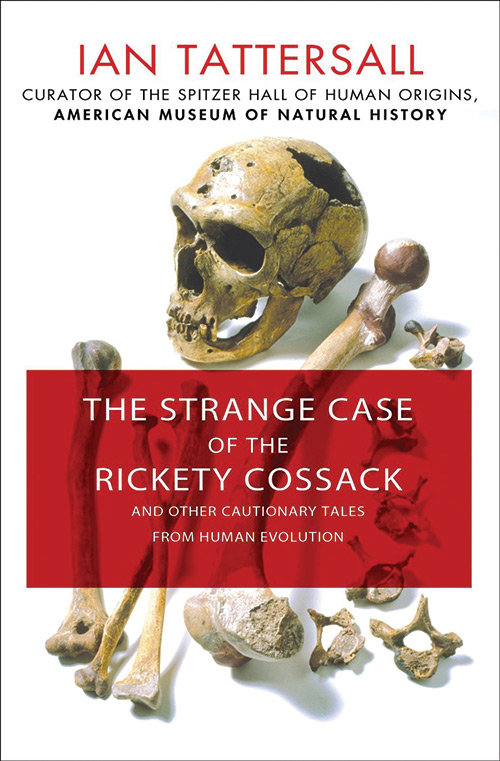Reading Riley Black’s When the Earth Was Green for New Scientist, 26 February 2025
Plants are boring. Their behaviours are invisible to the naked eye, they operate on timescales our imaginations cannot entertain (however much we strain them), and they run roughshod over familiar categories of self, other and community.
Wandering among (or is it through?) a 14,000-year old aspen clone (or should that be “a stand of aspen trees?”), palaeontologist Riley Black wonders, “how many living things have alighted on, chewed up, dwelled within, pushed over, and otherwise had a brush with a tree so enduring it probably understands the nature of time better than I ever will?”
When the Earth Was Green is a paean to plants. It’s a series of vignettes, each seperated from its neighbours by gaps of millions, tens of millions, sometimes hundreds of millions of years. It’s an account of how vegetable and animal life co-evolved. It’s not as immediately startling as Black’s last book, 2022’s The Last Days of the Dinosaurs, but it’s a worthy successor: as I wrote of Last Days, “this is palaeontology written with the immediacy of natural history”.
If you winced just now at the twee idea of a tree “understanding time”, you may want to hurry past Black’s last chapter — a virtue-signalling hymnal to the queerness of trees. This crabbed reviewer comes across many such passages, and reckons they’re getting increasingly formulaic. Black, seemingly unaware of the irony, pokes gentle fun at an earlier rhetoric that imagined, say, tideline plants “colonising” and “invading” the land. Maybe all writers who attempt to engage with plants suffer this fate: the rhetorical tools they stretch for will date far faster than their science.
Riley excels at conveying life’s precarity. Life does not “recover” or “regenerate” after extinction events. It reinvents itself. Early on — 425 million years ago, to be exact — we find life flourishing in strange lands, under skies so short of oxygen, fires can only smoulder and dead plants cannot decompose. When oxygen levels rise, existing insect species grow gigantic in a desperate (and, ultimately, losing) battle to elude its toxic effects. When an asteroid brings the Cretaceous Period to a fiery end, 66 million years ago, we find surviving plant species innovating unexpected relationships with their surviving pollinators. 15,000 years ago the planet grew so verdant, some plant species could afford to abandon photosynthesis entirely, and simply parasitise their neighbours.
Adaptation is a two-edged sword in such a changeable world. It allows you to take full advantage of today’s ecosystems, but how will you cope with tomorrow’s? Remaining unspecialised has allowed the Ginkgo tree to survive the world’s worst catastrophe and persist for millions and millions of years.
Black allows her imagination full rein. Wandering through a dense, warm, humid, million-year-old forest in Ohio, where “millipedes grow more than six feet long and alligator-size amphibians silently watch the shoreline for unwary insects,” the reader may wonder where the science stops and the speculation begins. Riley’s extensive endnotes explain the limits of our current knowledge and the logic behind her rare fancies. These passages are integral to the text and include some of her most insightful writing.
Above all, this is a book about how animals and plants shape each other. When animals large enough to knock over trees disappeared, forests grew more dense, with a continuous overstory that gave even large animals a third dimension to explore. Thick forests forced surviving mammals and surviving dinosaurs into novel shapes and, even more important, novel behaviours. Both classes learned to spend more time with their young. And, if we’re prepared to cherry-pick our mammalian examples, we can just about say that both learned to fly.
When the Earth Was Green may be too cutesy for some. The sight of a couple of sabercats rolling about in a patch of catnip will either enchant you or, well, it won’t. And I still think plants are boring. I’d happily pulp the lot of them to make books as fascinating as this one.


